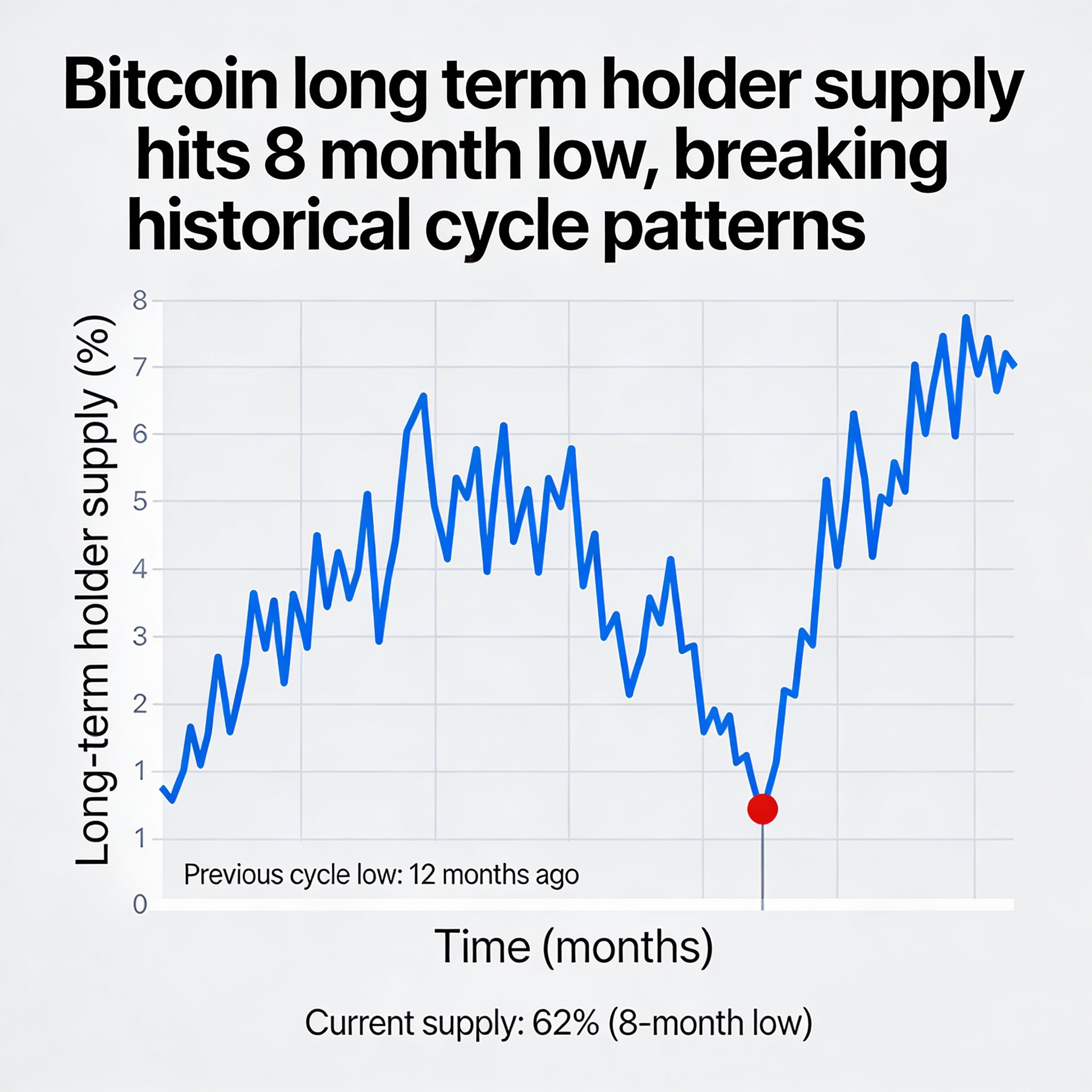Stablecoin Market Set for $2 Trillion Surge by 2028 as U.S. Legislation Gains Momentum: Standard Chartered
A seismic shift could be on the horizon for the digital currency space, with Standard Chartered projecting that the global stablecoin supply could balloon to $2 trillion by the end of 2028, should the U.S. Congress approve groundbreaking new legislation.
In a research report published Tuesday, the bank said the anticipated passage of the Genius Act — Guiding and Establishing National Innovation for U.S. Stablecoins — will act as a green light for massive growth in the sector. The Act, already approved by the Senate Banking Committee, is expected to be signed into law by President Trump later this year.
“Legal clarity will open the floodgates,” analysts led by Geoff Kendrick wrote. “We anticipate a 10x increase in stablecoin issuance over the next four years, from $230 billion today to around $2 trillion.”
Stablecoins, digital assets pegged to fiat currencies like the U.S. dollar, are widely used for trading, remittances, and cross-border payments. The report highlights how U.S. regulation could pave the way for greater adoption globally — boosting liquidity, compliance, and institutional trust.
The projected boom in stablecoin issuance would have significant consequences for U.S. Treasury markets, as stablecoin reserves are typically backed by short-term government securities. Standard Chartered estimates that over $1.6 trillion in new Treasury bill demand would emerge, helping to finance public debt throughout Trump’s second term.
“This level of demand could effectively absorb all new T-bill issuance over the next four years,” the report noted, suggesting a stabilizing force for U.S. debt markets.
The bank expects the industry to converge around the Circle model — where nearly 90% of USDC reserves are held in ultra-short-term Treasuries — as the benchmark. Tether, issuer of USDT, currently backs 66% of its reserves with similar assets.
As demand for U.S. dollar-denominated reserves rises, analysts also believe the trend will reinforce the greenback’s position as the dominant global currency.





